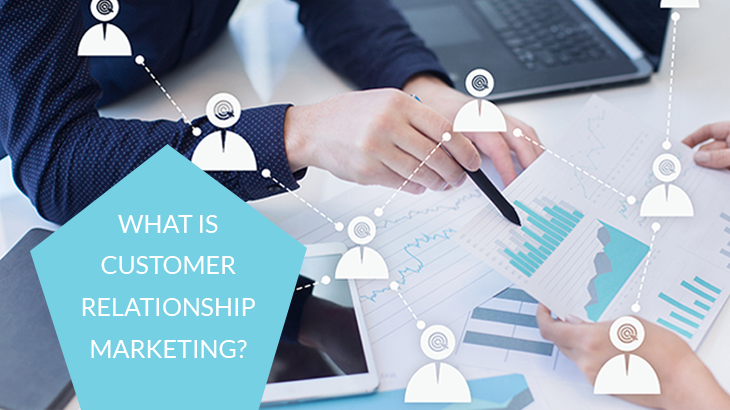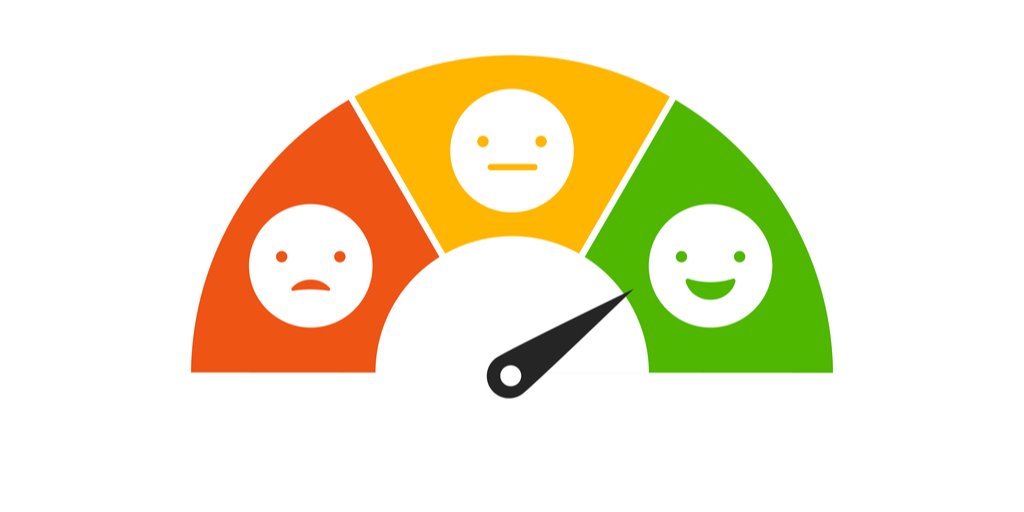
Relationship marketing is currently taking a lot of industries by storm. Customer buying habits are forever changing but one thing that remains the same is that people always go back to those businesses that they can trust.
One way to ensure that your customers trust your business is by prioritising developing customer relationships that promote brand loyalty and customer retention. Customer relationship marketing isn’t a short-term method – it’s a long-term effort designed to consistently delight your customers.
But is it successful for your business model? And how can you incorporate it into your company? Don’t worry if you’re not sure, this blog is a customer relationship marketing 101 and will contain everything you need to know.
Customer relationship marketing definition, or sometimes known as just relationship marketing or customer relationship management, is a technique that is centred around client relationships and customer loyalty. Utilising customer data and feedback, businesses develop strong bonds with their customers to gain their trust.
Rather than focusing on quick-win sales, customer relationship marketing is a long game. It focuses on the development of an emotional relationship between customer and business. If a customer is invested into a business emotionally and feels that themselves or their business can’t function without it, they’re more likely to purchase.
And not just a one-off either. They’re more likely to keep going back for more. Think about it, when you find a service that you can trust, do you bother looking elsewhere for the same product next time? The chances are that you don’t and you head back to the same business because you know you’re getting value for money and top service.

That’s what customer relationship marketing is all about – building those long-lasting relationships that turn customers into lifelong brand advocates. If you’re looking for short term goals, then it’s not going to produce mouthwatering figures. But if you’re looking for impressive long-term returns then it could be the perfect solution for you.
Businesses can use this marketing method to their advantage and market their efforts by storytelling. What we mean by this is businesses provide a compelling narrative that the customers then put themselves into. This helps play on that all-important emotional connection that the business is trying to achieve with the customer.
Storytelling is an integral part of customer relationship marketing strategies. By putting the customer into scenarios, they can then see how your business is going to help – which helps the buying decision. There’s only so far that words can get you, scenarios will help speed up your sales cycle.
When operating a customer relationship marketing strategy, your business and your product should never be the primary focus. The onus should be on the customer and how you can help them and their business move past an issue.
It’s good practice to always be thinking, “would the customer want to see this advert” and “would this post generate excitement within my customers?” when you’re thinking of releasing content. If you can answer anything other than 100 percent yes to both of these questions, you need to have another look at your content.
So one of the best customer relationship management examples is to create support channels for your customers. This model of marketing is all about providing that full experience, so it’s important to make sure that they always have help on hand when they need it. Whether it be on social media channels or a chatbot, meeting your customers where they want to be contacted is a good way of showing willingness.

Traditional marketing efforts would see businesses paying for TV advertisement slots and billboards in hope that they’ll cover a wide range of people and attract a larger haul of customers. However, customer relationship marketing is a lot more efficient than that.
Traditional methods can prove to be wasteful, as a lot of the people that your efforts land in front of aren’t a relevant fit. Do your research as to which platforms are the most popular with your targeted demographic. By reaching out to them through these channels, you’re showing helpfulness and understanding that’ll encourage a level of interaction.
Once they’ve made a purchase, that isn’t the end for the customer journey. To ensure that they become a brand advocate and loyal customer you need to carry on the connection long after the initial sale. Whether its discount offers or personalised product recommendations, you should consider what you can offer them once they’ve made the original purchase. And that’s easy to do with today’s CRM software and CRM systems.

Business relationships are a two-way street. To develop the best connection with your customers, you need to know how they truly feel, don’t you? However, good your marketing team is, you’re not mind readers – so just ask. Feedback is crucial to constantly improve your service to fit the specific needs of the customer and something the sales team can easily do.
One of the biggest advantages of customer relationship marketing is that it saves crucial time and money for your business – compared to traditional methods. This is because businesses then focus on the prospects that actually show promise of maintaining a relationship, rather than wasting their money trying to pursue the wrong type of customer.
It also increases customer satisfaction levels and communication levels too. When customers have a strong relationship with a business, they interact with them more frequently. This makes it far easier for businesses to learn about their customers and therefore tailor their content towards them more easily.

Businesses then save money by building strong relationships with people who are already customers, rather than trying everything to try and acquire new ones. Other advantages also include:
Like anything, there are two sides to the coin. Whilst customer relationship marketing has some great advantages for your business, it can also throw up some cons too. These include:

Having read what customer relationship marketing is and seeing the benefits of it, you’re probably wondering what kind of companies use it. Well, if we were to list every type we’d be here all day – but customer relationship marketing can help businesses throughout every industry.
There are four main stages of typical customer relationship marketing campaign. Obviously, strategies differ from business to business but there are main pillars that should be ever present throughout all B2B marketing campaigns. These are:
Account-based marketing is a great way of bringing your sales team and marketing team closer together – which can produce impressive results from your customers. When the two are working together, they can both share vital information for each department to play on when reaching out to prospects.
For example, sales teams can share information on what type of content makes customers buy the most. And also, what type of things keep customers coming back for more too. That way, the marketing department know how to shape their efforts to try and maximise the potential of the campaign.
But in order for your account-based marketing to help you reap the rewards, you need to have somebody in place who know what they’re doing. It’s no good having someone who isn’t well versed because you’re not going to get the results that you’re hoping for.
You need to make sure that you hire the right account-based marketer for your business. So, to help you we’ve created a free pack that contains everything you need to know to put the right person at the helm. Grab your copy today.
Subscribe to our fortnightly newsletter to hear about our latest podcasts, blogs, career advice & jobs.